The many faces of Durga Puja in cinema
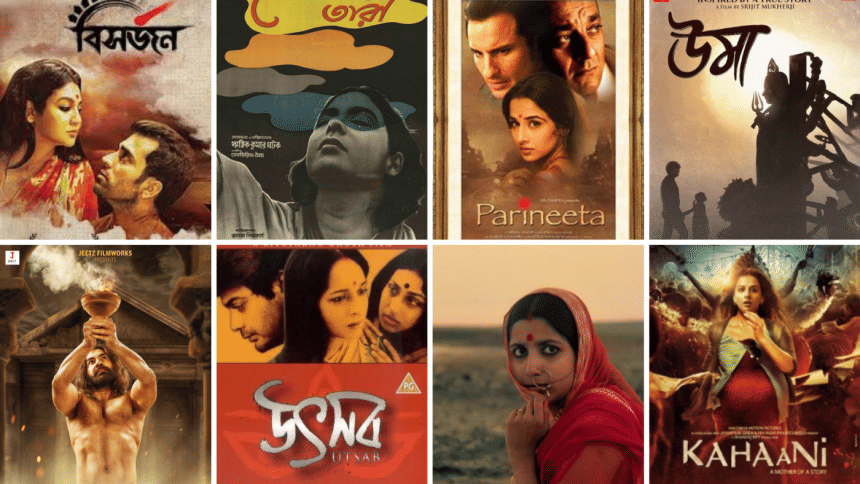
Durga Puja has always carried a cinematic quality of its own. The visual opulence of clay idols, the soundscape of dhaak reverberating through the night, and the collective ecstasy of a city lit with pandals form a backdrop that filmmakers across decades have found irresistible. When transposed on screen, the festival is never merely a seasonal marker but an emotional, cultural, and often political punctuation. It tells us as much about the characters as it does about the society in which they exist. Over the years, its representations have shifted from reverent spectacle to metaphorical commentary, mirroring cinema's own changing relationship with myth, ritual, and modernity.
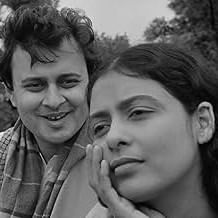
In early Bengali cinema, Durga Puja was often depicted as the very soul of communal life. Bimal Roy's "Devdas" (1955), though remembered largely for its tragic romance, captures a moment of festivity in the Durga Puja celebrations at Paro's house. Here, the grandeur of the goddess becomes a counterpoint to Devdas' inner decay, the vibrancy of the rituals contrasting with his growing despair. Ritwik Ghatak went further, using Durga Puja imagery as a metaphor for dislocation and longing. In "Meghe Dhaka Tara" (1960), the sound of dhaak blends with the cries of the protagonist Neeta, fusing festivity with tragedy. For Ghatak, the goddess was never merely an idol but a symbol of resilience and sacrifice, much like his female characters who carry the weight of families fractured by the partition.
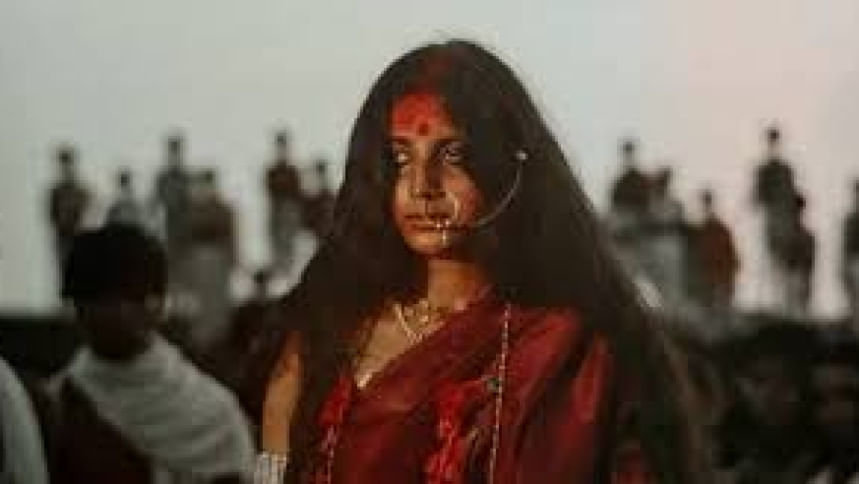
What remains fascinating is how the aesthetics of Durga Puja on screen often mirror the aesthetics of cinema itself. Both are public spectacles designed to overwhelm the senses, to invite immersion and disbelief. A pandal is not unlike a film set, meticulously crafted, temporary, and destined to dissolve after a few days. The immersion of the idol into the river is akin to the rolling of end credits, the dissolution of the constructed world. Filmmakers have long been drawn to this parallel.
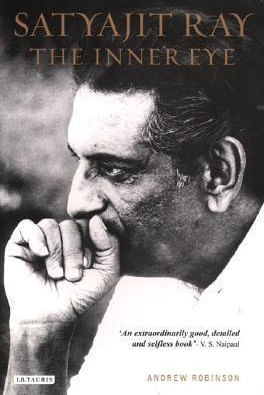
Satyajit Ray, in his documentary "The Inner Eye on Benode Behari Mukherjee", filmed Puja immersions almost like abstract art, focusing on textures and sounds rather than narrative. Years later, Goutam Ghose in "Antarjali Jatra" (1987) would frame the festival as a haunting juxtaposition to widowhood rituals, highlighting the hypocrisy of a society that celebrates female divinity while marginalising real women. Aparna Sen's "36 Chowringhee Lane" (1981) uses fleeting glimpses of the festival to highlight the alienation of an Anglo-Indian woman who finds herself outside the very city she inhabits. The pandal lights and processions signify inclusion, and her exclusion sharpens the loneliness at the heart of the narrative.

In contemporary cinema, Durga Puja often becomes a tool to navigate identity and urban life. In Rituparno Ghosh's "Utsab" (2000), the Durga Puja celebrations in an ancestral home serve as a canvas for generational conflict, financial anxieties, and the collapse of traditional family structures. The goddess presides silently over human squabbles, as if reminding viewers that even divinity is subject to the vagaries of inheritance disputes and property sales. Pradeep Sarkar's "Parineeta" (2005) stages the climactic confrontation amid Puja festivities, where the goddess' immersion parallels the heroine's reclamation of agency. The use of dhaak beats intensifies the urgency, transforming a personal drama into mythic catharsis. In "Detective Byomkesh Bakshy!" (2015), the Puja serves as a time marker in wartime Kolkata, with the goddess' presence heightening the city's chaos and uncertainty.

In Bollywood's early decades, religious rituals were usually shown in broad strokes, meant to unify audiences rather than dwell on regional specificity. Durga Puja would appear occasionally, but often as shorthand for the triumph of good over evil. Raj Kapoor's "Jagte Raho" (1956) ends with the protagonist finding water at a temple during a Durga Puja-like ritual, a symbolic rebirth after a night of dehumanisation. Yet it was only in the 1990s and 2000s, as mainstream Hindi cinema turned more toward rooted settings, that Durga Puja acquired a more detailed presence. Sanjay Leela Bhansali's "Devdas" (2002) perhaps remains the most opulent representation of the festival in Hindi films. The now-iconic "Dola Re Dola" sequence stages Durga Puja as a site where two women, Paro and Chandramukhi, reclaim narrative space from the doomed Devdas. The visuals of sindoor, the sweeping sets of the pandal, and the thundering background score elevate the moment into operatic cinema, but beneath the spectacle lies Bhansali's attempt to feminise the gaze on Puja itself.
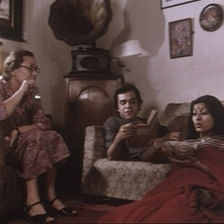
Years later, Sujoy Ghosh's "Kahaani" (2012) would offer a starkly different interpretation. The climax unfolds against the immersion of the goddess, with Vidya Balan's character using the frenzy of the crowd to exact revenge. The metaphor of Durga slaying Mahishasura finds resonance in a modern-day woman confronting patriarchy, betrayal, and terrorism. Here, Durga Puja is not an ornamental backdrop but the very grammar of the narrative, blurring the line between ritual myth and cinematic action. Durga Puja has also travelled beyond Bengal in interesting ways. Where Devdas revels in excess, Kahaani thrives on contrast. And then comes "Lootera" (2013), where Vikramaditya Motwane gives Puja a melancholic intimacy. Sonakshi Sinha's "Pakhi" stands by her father as drums echo in the background, the camera catching the fragile beauty of light against smoke. The Puja pandal is not grand but personal, a reminder of both heritage and impermanence. The film's tragic love story finds a mirror in the fleeting joy of Puja, which vanishes almost as soon as it arrives.
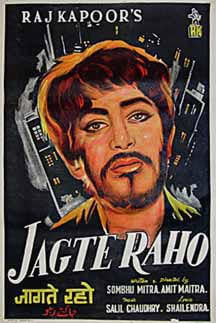
The cinematic Durga Puja also reflects how films negotiate the tension between tradition and commerce. Just as pandals are increasingly funded by corporate sponsors, cinema too has absorbed Puja as a spectacle that can sell tickets. Yet within this commodification lies resilience. For every over-the-top depiction in a mainstream blockbuster, there exists an intimate portrayal like that in Kaushik Ganguly's "Bishorjan" (2017), where the cross-border immersion of Durga idols on the India-Bangladesh frontier becomes a metaphor for shared culture transcending political boundaries.
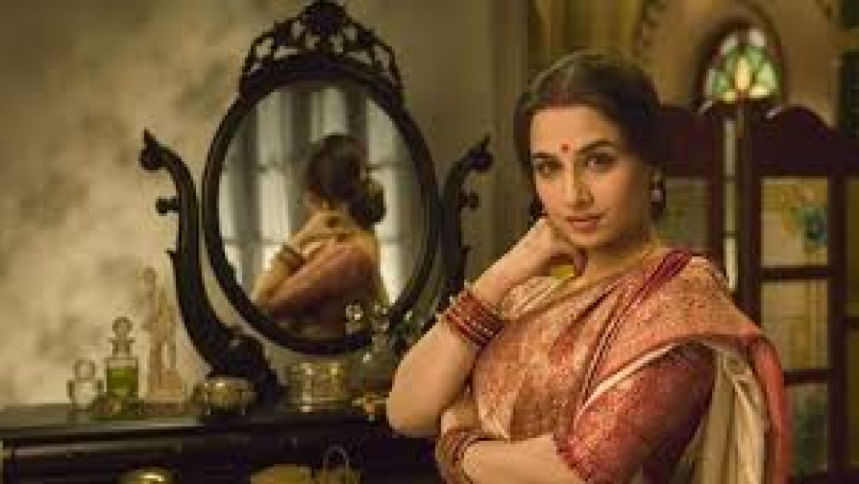
In a similar vein, Srijit Mukherji's "Uma" (2018) constructs an entire Durga Puja in summer for a dying child, underlining how cinema and Puja alike thrive on the collective act of make-believe. "Asur" (2020), starring Jeet and Abir Chatterjee, directly places Durga Puja at the heart of its narrative. The making of the idol itself becomes central to the story of rivalry and artistic obsession, with the goddess embodying not just devotion but ego, ambition, and downfall. The festival is not a backdrop but the very pulse of the narrative, where each stroke of clay echoes the shaping of human destiny. The allure lies in its contradictions. Durga Puja is both deeply communal and deeply personal. It is about abundance but also about the fleeting nature of life. It celebrates the triumph of good over evil, but it also mourns the departure of the goddess. Cinema thrives on such contradictions, and Puja gives filmmakers a ready-made palette of colour, music, movement, and meaning.

 For all latest news, follow The Daily Star's Google News channel.
For all latest news, follow The Daily Star's Google News channel. 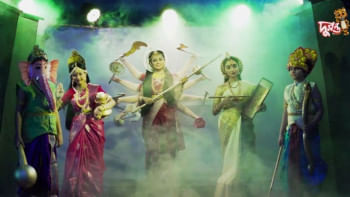


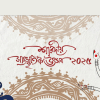




Comments